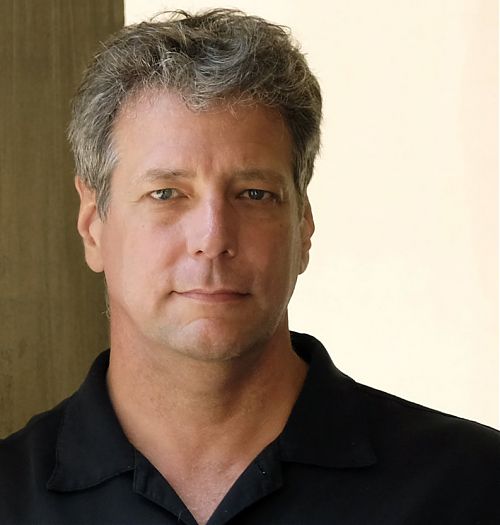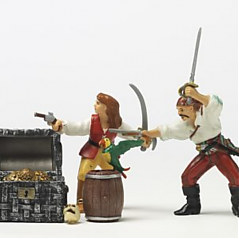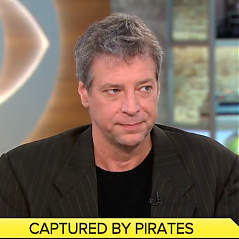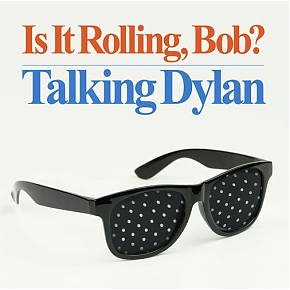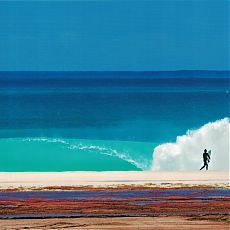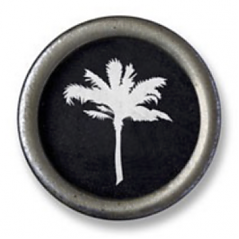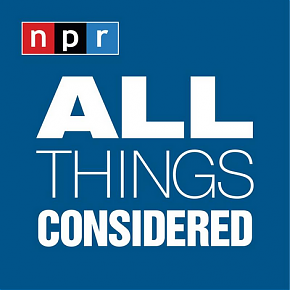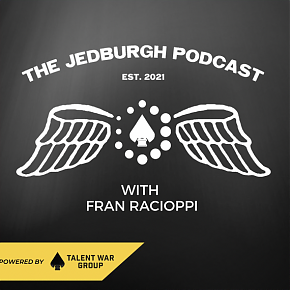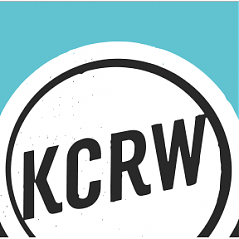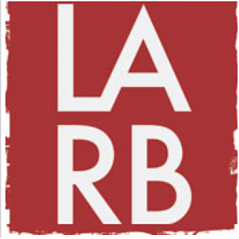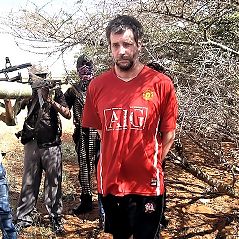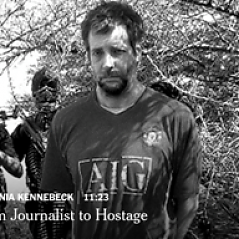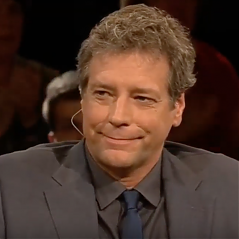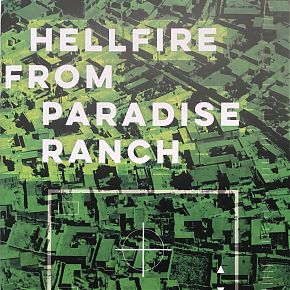The 12:39 to Matanzas
A relic of the pre-Castro era, still running in Cuba.
September 2009
The sugar train to Matanzas started with a trundle and a high moan from the horn, pulling away from the suburbs of Havana with stateliness rather than speed, pursued by stragglers who hopped aboard like hobos catching a freight. The cars had wooden seats and windows open to the tropical breeze. They rattled through the industrial outskirts of the capital, past refinery tanks and banana trees — and then, for no good reason, the train rolled to a stop. In this staccato fashion we moved along the north coast of Cuba.

Edgar, a conductor who had the day off, sat across from me. He was headed to the town of Matanzas to deliver money for his son. Matanzas was an old slave-and-pirate port, Cuba’s second harbor city, graced with Spanish colonial buildings around the square but very quiet. “Compared to Havana, it’s tranquil,” Edgar said.
On the platform, he’d given me advice. After the 8:30 train arrived — three hours late — he explained that it would leave immediately, but headed for Canasí. “Don’t get on!” he said. The 12:39 to Matanzas was on its way.
But the 8:30 train didn’t go to Canasí. It pulled off a few yards, sat for maintenance, and pulled back into place an hour later. Now it was the 12:39 to Matanzas. We were told to get on.
This ramshackle electric “Hershey Train” is an anachronism, the sort of train you’re supposed to ride in Cuba only as a tourist or a local from one of the villages east of Havana. It’s the slowest machine-powered way to reach Matanzas and the best way to see the countryside. The sugar fields, the ocean, and the quiet hills of northern Havana province all heave into view from the railroad, looking largely unaltered from the turn of the 20th century. Revolution, it seems, also has the power to stop change.
Travel to Cuba is still illegal for most Americans, but assuming relations thaw in the next handful of years, a ride on the Hershey Train can serve as a reminder of how much the two countries have in common.
Milton Hershey built the line after he bought a sugar plantation in 1916 to sweeten his chocolate empire. It used to ferry his workers to the fields in brown cars labeled Hershey. Castro’s government kept the train line in place to serve this part of the country. In 1998 the government replaced them with green-and-white, ’40s-era rolling stock from Spain.
A skinny white man came to lean against the seat and chat with Edgar. He wore blue overalls and said his name was Juan. “Good to meet you,” he said to me. “I’m the engineer today.”
The train, by then, was moving fast. I gave him a questioning look.
“There’s someone else in the cab.”
“Aha.”
We picked up speed and hauled through sere yellow farmland. The train screeched and rocked and reeled, and the engineer let loose with the horn. Gates lowered; horse carts and old Cadillacs waited at the crossings. People on farms quit working to watch.
Soon a beautiful Cubana sat near us with her mother and a small boy. She looked innocent and proud, with calf-like brown eyes and a posture like Carmen Miranda’s. She had café-con-leche skin and black hair pulled straight up on her head, almost like a pile of fruit. Edgar and Juan flirted with her. At first she resisted Juan’s overtures. But when she spoke, she had an insouciant and unpracticed glamour that belonged in a Hollywood film.
When she stepped out the exit where Juan was gallantly manning the door, she pecked him on the cheek. He came back in a buoyant mood.
“Buenas tetas,” he said.
“Sí.”
“They’re probably silicone,” said Edgar.
“Really?” I said. “Fake?”
“Cuban women love to have big tits,” he explained.
I wanted to ask whether the government paid for that — maybe silicone breasts were one triumph of the Revolution — but my Spanish wasn’t nimble enough.
About 40 kilometers east of Havana, Hershey built a “model village” like his factory town in Pennsylvania. The Cuban version, also called Hershey, had a baseball field, a cinema, a medical clinic, workers’ quarters, and a company store, all clustered around a tremendous sugar mill. I was startled to learn the mill had stopped grinding cane only in 2002, because the structure I saw, with its yellow-brick smokestacks, was a spindly hulk with shattered windows.
The train paused for only a few minutes at Hershey, then pulled off about a hundred yards and promptly broke down. A group of overall-clad mechanics emerged from a workshop near the dilapidated mill, with enormous wrenches over their shoulders. They squinted in the sun like extras in The Grapes of Wrath.
Cubans avoid talking politics with strangers, but you can always stitch details together. Edgar, a meaty, gentle Afro-cuban, was wearing a USA Athletics T-shirt. “His girlfriend’s French,” Juan told me. “He’ll be living in Paris in a year.” Edgar’s occasional jokes about the sugar train matched his enthusiastic jokes about the government. None of them were treasonous, but after a while you realized that both Hershey Train and revolutionary government, capitalist relic and Communist state, were, to Edgar, in the same sorry shape.
“You speak French?” I asked. As far as i could tell he spoke only Spanish.
He shrugged. “I’m learning.”
The train jolted to life. We trundled along for another half hour before it developed that we wouldn’t make it to matanzas after all. The track ahead needed fixing. The trip would have to end in Canasí.
“Can I still get to Matanzas?” I said.
“I will show you,” Edgar promised.
So in Canasí we said goodbye to Juan. We crested a hill through town, where a number of lean cattle stood in fields between concrete apartment blocks. Edgar walked me to a highway and we waited on the meridian for an air-conditioned bus to Matanzas.
In the bus, on a seat, he found a newspaper and laughed at the headline. Hugo Chávez had just paid a visit to Havana. I’d already heard about the meeting, a mysteriously quick one, with few of the photo opportunities these state affairs normally permitted.
“But no photo with Fidel,” I said in Spanish.
Edgar gave one more of his large, comfortable laughs. And then he said, in perfect English: “Maybe he’s dead.”
Michael Scott Moore
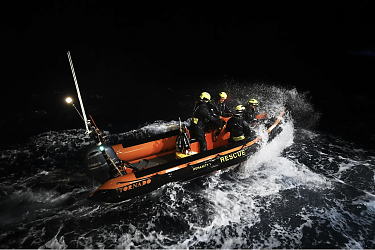
Rafts of the Medusa
Why every day on the Mediterranean is a new scandal for Europe. For both Foreign Policy and Die Zeit.
California’s Attempt at Land Reparations
How land seized from a Black family 100 years ago may be returned. The Bruce’s Beach story from a hometown angle, for The New Yorker
Day of the Oprichnik, 16 Years Later
The novelist Sorokin, the president Putin, his man Dugin, and the war in Ukraine. For n + 1.
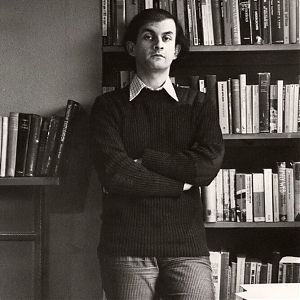
The Rushdie Narrative
Knife and the crumbling ground beneath free speech
There Must Be Some Way Out of Here
An essay on Bob Dylan, “All Along the Watchtower,” and Somali pirate captivity.
That Mystic Shit
The life of Lou Reed in two biographies

Cambodian Seafarers Talk About Pirates
Mike visits Cambodia for The New Yorker to talk about a harrowing shared experience in Somalia
The Muslim Burial
Cambodian hostages remember digging a grave for one of their own. A sequel chapter to The Desert and the Sea
The Real Pirates of the Caribbean
Adventure journalism in Southern California. A travel essay for The Paris Review.
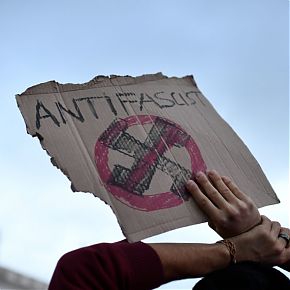
Antifa Dust
An essay on anti-fascism in Europe and the U.S., for the Los Angeles Review of Books
Was Hitler a Man of the Left?
A book that helped Republicans in America lose their damn minds.
Ghosts of Dresden
The Allied firebombing of Dresden in 1945 destroyed the baroque center of what Pfc. Kurt Vonnegut called, in a letter home from Germany, “possibly the world’s most beautiful city.”
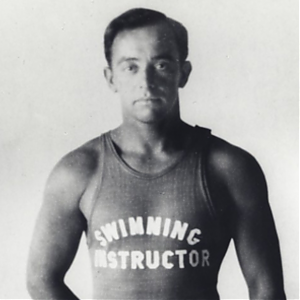
George Freeth, Biographed
The first academic treatment of America’s surf pioneer. Also, was Freeth gay?
It’s Called Soccer
Americans live on what amounts to an enormous island, defended on two shores by the sea, and we’ve evolved a few marsupial traditions that nobody else understands.
Tilting at Turbines (in the Severn River)
The morning was clear and cold, with frost on the church steeple and the cemetery grass. I had a quick English breakfast at a white-cloth table, in my wetsuit, and drove to Newnham, a village on the Severn River in Gloucestershire, parking near the White Hart Inn.
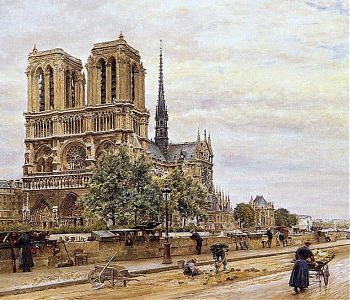
The Curse of El Rojo
I’d packed the car lightly — a bag of clothes, a bag of cassette tapes, a backpack of books, a few essential tools.









